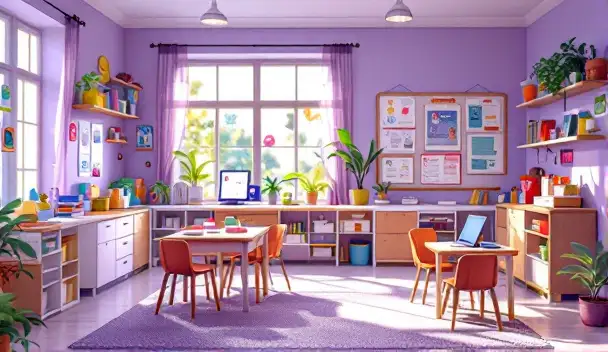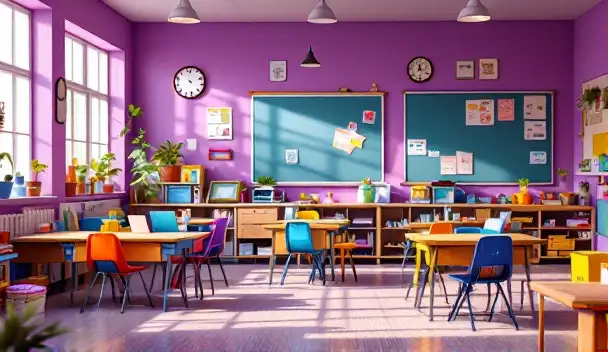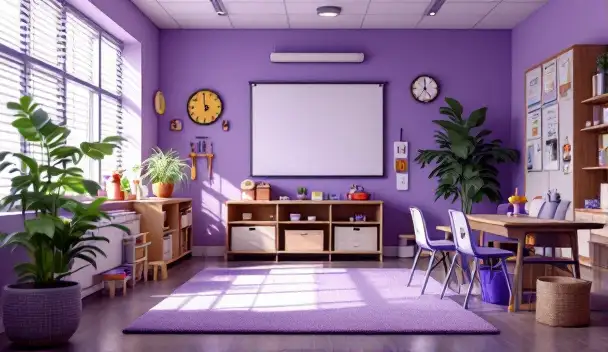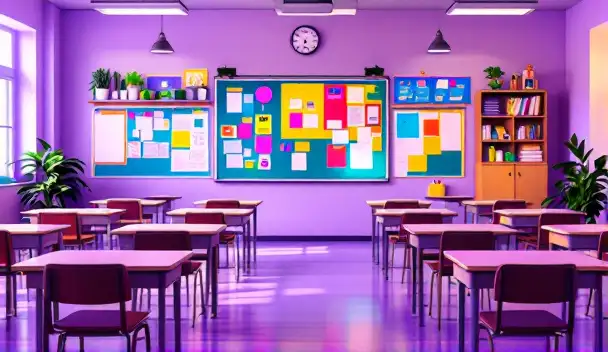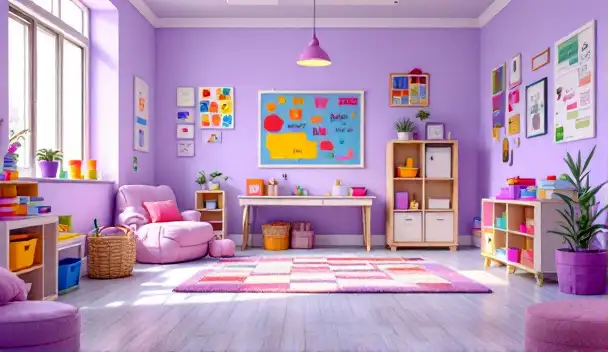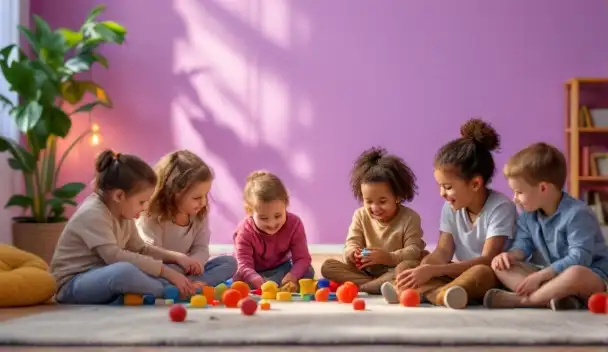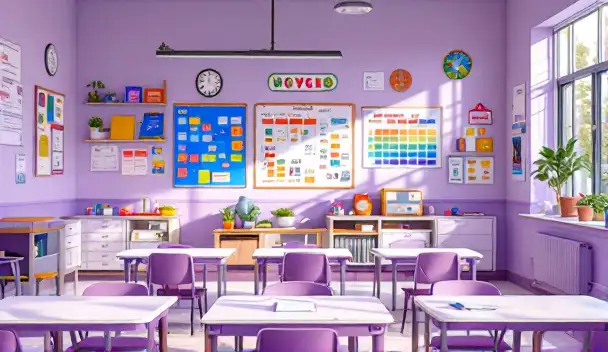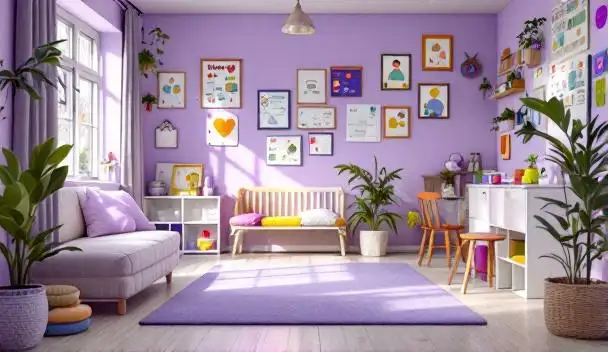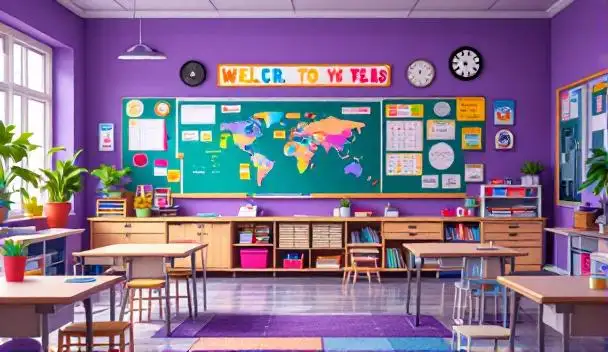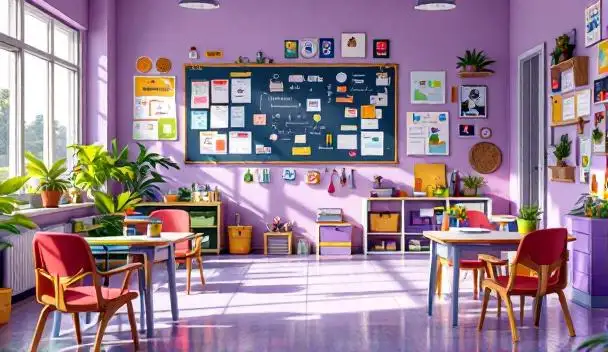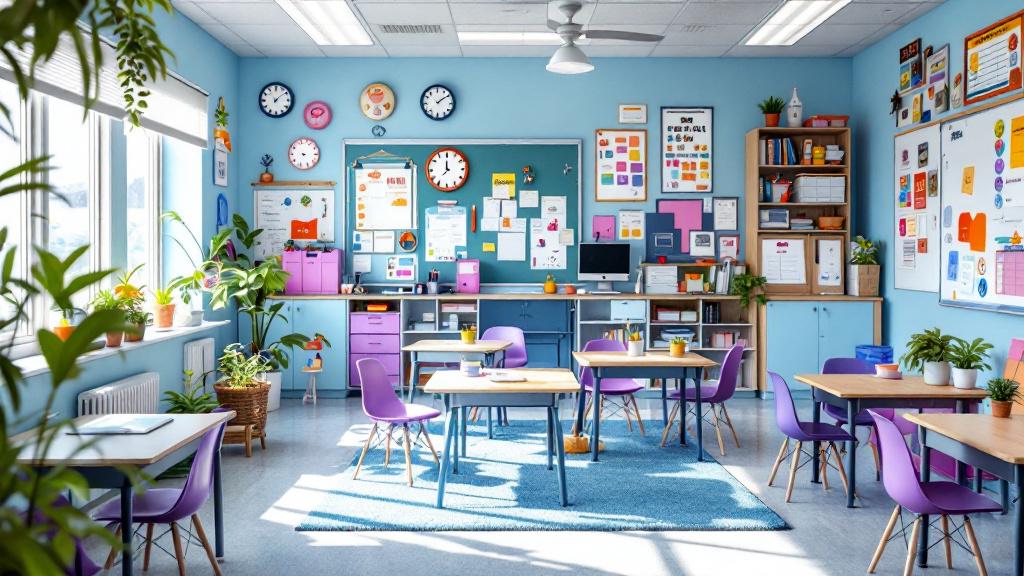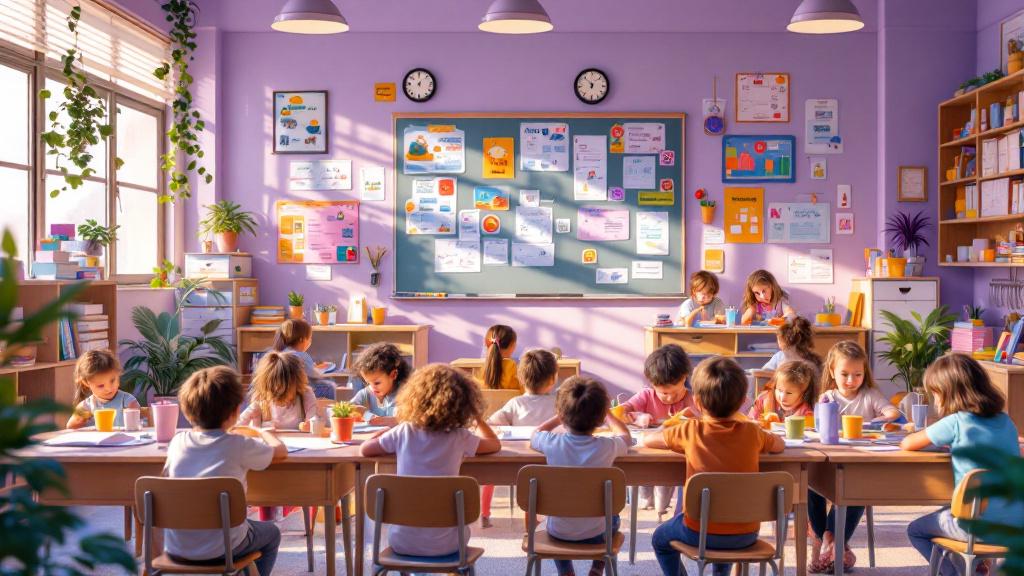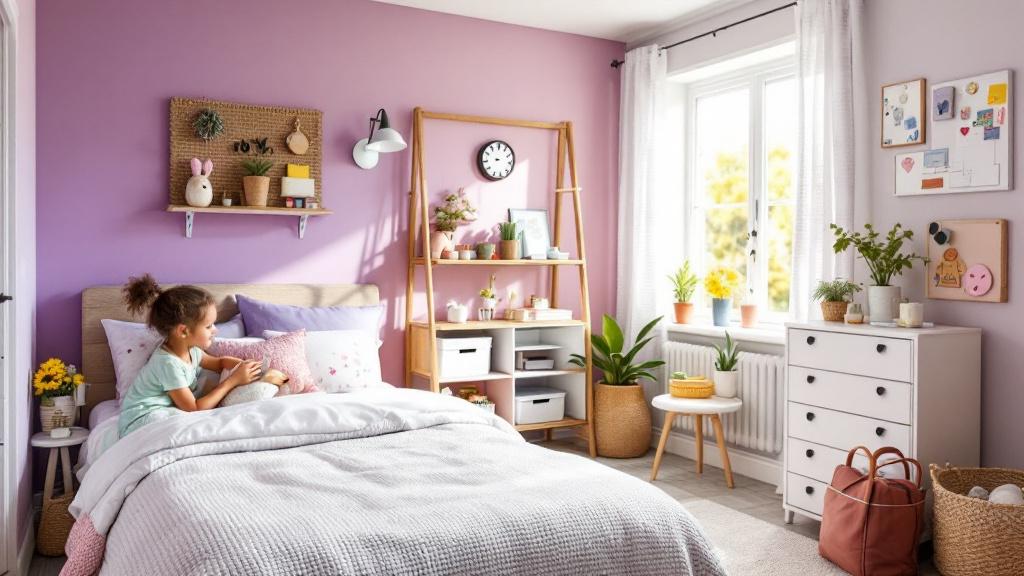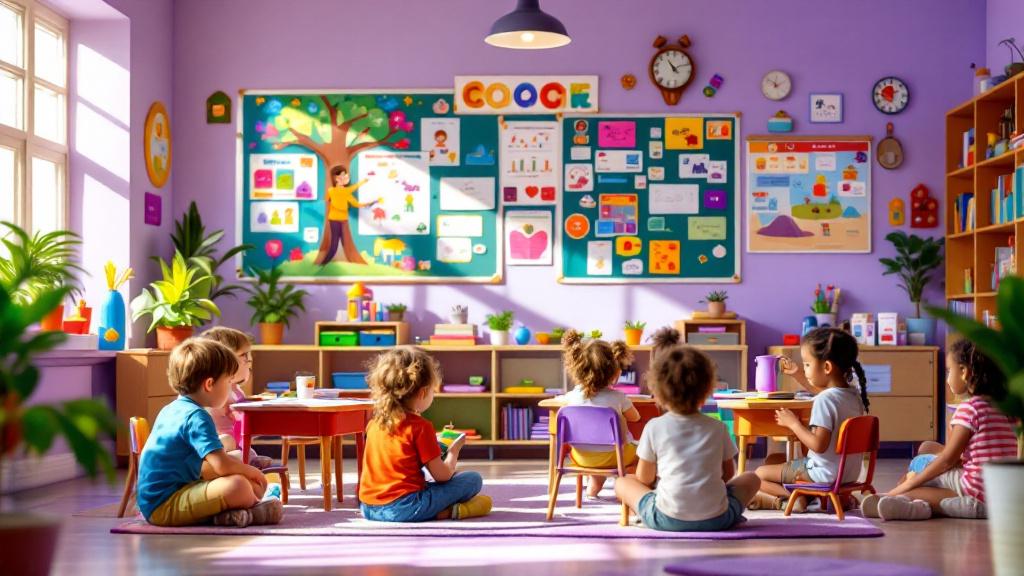Understanding the Importance of Seamless ABA Therapy Integration
Ensuring the continuity of Applied Behavior Analysis (ABA) therapy across home and school settings is vital for maintaining progress and promoting skill generalization in children with autism. This comprehensive approach requires coordinated efforts among therapists, parents, and educators to develop consistent routines, effective communication pathways, and adaptable strategies that support the child's developmental and behavioral needs seamlessly across environments.
Establishing Consistent Routines and Behavioral Strategies

What strategies can be used to maintain continuity of ABA therapy between home and school environments?
Maintaining a seamless transition of ABA therapy benefits children with autism requires establishing consistent routines and behavioral practices both at home and in school settings.
One effective approach is creating structured routines that are similar across environments. For example, using visual schedules with pictures or icons helps children anticipate what happens next, reducing anxiety and encouraging cooperation.
Visual supports such as timers, checklists, or cue cards serve as visual cues to remind children of expected behaviors and schedules. These tools make routines predictable and understandable, which is especially helpful during transitions.
Reinforcement techniques are also vital. Consistently applying positive reinforcement—like praise, tokens, or preferred activities—encourages desired behaviors whether at home or school. This consistency helps children associate positive outcomes with appropriate behaviors across different settings.
Collaboration among families, teachers, and therapists plays a significant role. Sharing routines, strategies, and progress updates helps create a unified approach that reinforces learning and behavior management.
Parents and educators should participate in joint planning sessions to tailor routines and ABA strategies to each child's needs. This collaboration ensures everyone uses compatible methods, which promotes skill generalization.
Regular data collection is fundamental. Tracking progress through charts or digital tools allows professionals to assess effectiveness and make quick adjustments as needed.
Integrating these strategies supports the child's development and fosters confidence, leading to more consistent behavior and skill acquisition across settings.
Facilitating Effective Communication and Collaboration

How can therapists and parents coordinate to support therapy transitions between different settings?
Ensuring smooth transitions for children with autism between various environments, such as home and school, requires close cooperation between therapists and parents. Regular communication is essential for sharing updates, progress, and concerns. This ongoing dialogue helps develop personalized plans tailored to the child's needs.
Structured planning tools play a vital role. Visual schedules, timers, and priming techniques prepare children for upcoming changes, helping to reduce anxiety and increase predictability. These tools are used consistently across settings to provide continuity.
Joint meetings involving therapists, parents, and educators facilitate the development of comprehensive transition strategies, including the use of individualized education plans (IEPs). These meetings ensure everyone is aligned on goals, routines, and strategies.
Incorporating social skills training, reinforcement techniques, sensory strategies, and behavioral interventions from ABA promotes adaptability. Addressing potential challenges beforehand encourages confidence and resilience.
Parent training sessions are crucial for empowering caregivers with strategies and skills to support the child outside of therapy sessions. Additionally, collaboration with school professionals enhances the child's ability to generalize skills across environments.
Overall, coordinated efforts rooted in consistent routines, clear communication, and shared goals foster seamless transitions, supporting sustained progress and emotional well-being for children with autism.
Supporting Therapy During Environmental Changes or Disruptions

What are best practices for supporting continuity of ABA therapy during environment changes or disruptions?
Supporting ABA therapy during periods of environmental change, such as seasonal shifts, holidays, or unexpected disruptions like illness or social emergencies, requires a flexible and personalized approach. Developing adaptable transition plans is essential. These plans should include visual supports such as visual schedules, timers, and visual cues to help prepare the child for upcoming changes. These tools act as visual reminders and help set clear expectations, reducing anxiety related to transitions.
Creating and maintaining consistent routines at home can offer stability for children with autism. Predictable schedules for meals, sleep, therapy sessions, and leisure activities help the child feel secure, even during shifting circumstances. Clear communication with caregivers, teachers, and therapists is also vital to ensure everyone is aligned and strategies are uniformly reinforced.
Using social stories—a form of visual narrative—can effectively prepare children for changes in their environment. These stories describe upcoming events and appropriate responses in simple language, easing transitions and reducing stress.
When in-person therapy sessions are temporarily unavailable or limited, telehealth or remote therapy options become valuable. Virtual sessions via platforms like Microsoft Teams or specialized telehealth services enable ongoing support, fostering continuity despite disruptions. While these virtual formats may pose some challenges, such as establishing engagement, they still allow therapists to deliver meaningful interventions and parent training.
Creating calming spaces within the home can further support emotional regulation. Designated areas free from distractions, equipped with calming objects and sensory calming tools such as weighted blankets or sensory bottles, provide a refuge for children during stressful times.
Incorporating sensory strategies—such as sensory diets, noise-canceling headphones, or soft lighting—can manage sensitivities that may be heightened during disruptions. Adjusting the environment to minimize sensory overload helps reduce behavioral challenges.
Finally, collaboration remains crucial. Regular communication with caregivers to review progress, share observations, and adjust strategies ensures that interventions remain effective and tailored to each child's evolving needs. Teaching children coping techniques and self-regulation skills equips them to handle environmental uncertainties more effectively, fostering resilience and emotional well-being.
Incorporating Telehealth and Remote Support Effectively

How can telehealth and remote support be effectively integrated into ongoing ABA therapy?
The shift towards telehealth has transformed how ABA (Applied Behavioral Analysis) services are delivered, making it possible to maintain continuity of care even when in-person sessions are restricted. To effectively incorporate telehealth into ongoing therapy, practitioners should start with a thorough assessment of the child's suitability for remote services and the caregiver's ability to support therapy activities.
Once suitability is confirmed, using secure videoconferencing platforms is essential for delivering direct ABA services. These platforms must comply with privacy standards, ensuring confidentiality and security for all participants. During sessions, evidence-based strategies like Natural Environment Teaching (NET) and Discrete Trial Training (DTT) can be adapted for virtual delivery, making learning engaging and functional.
Caregiver involvement is crucial. Providing tailored training helps families support skill acquisition and generalization outside formal sessions. This might include coaching on prompting techniques, reinforcement strategies, and establishing consistent routines at home.
Creating an effective virtual environment involves using high-quality cameras, good lighting, and a distraction-free space to enhance engagement and rapport with the child. Regular supervision via video calls allows therapists to observe sessions, provide immediate feedback, and make necessary adjustments to intervention plans.
Ongoing collaboration with caregivers ensures treatment fidelity and helps monitor progress. Sharing data, discussing challenges, and celebrating successes foster a partnership centered on the child's development.
Best practices include adhering to guidelines from reputable organizations, such as the California Association of Behavior Analysts (CASP), which emphasize ethical, accessible, and culturally sensitive telehealth practices. Research supports that with proper training, supervision, and technology, telehealth can be a valuable component of ABA services, especially for families in remote locations or during emergencies like pandemics.
In conclusion, integrating telehealth into ABA therapy requires careful assessment, strategic use of technology, ongoing supervision, and caregiver empowerment. When executed effectively, telehealth not only sustains progress but also expands access to essential autism interventions beyond traditional settings.
Creating a Dedicated Home Therapy Space
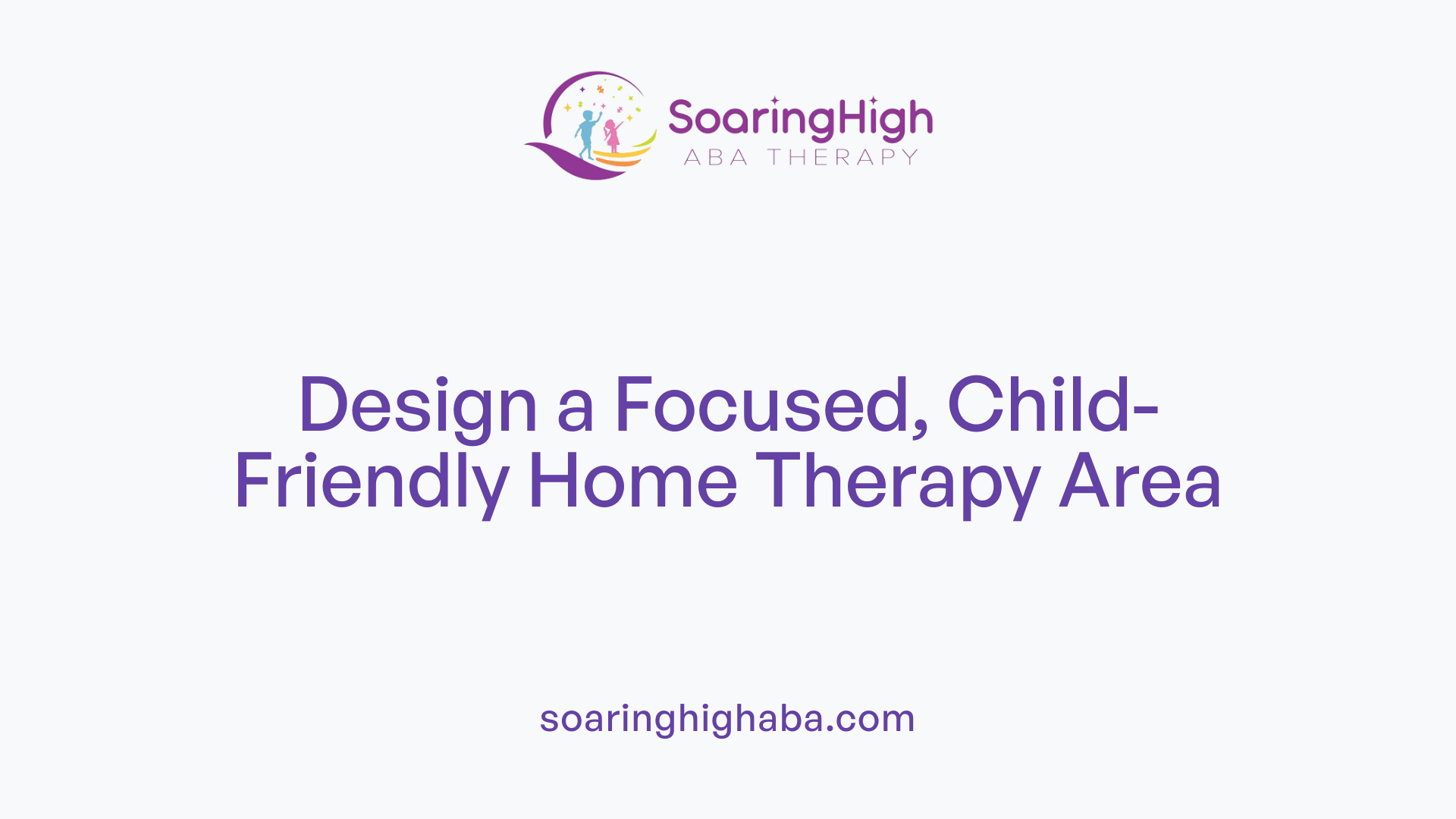
Designing an organized, distraction-free area
Creating a specific area in the home for ABA therapy helps children focus and learn effectively. This space should be organized and free from common distractions like TVs, mobile devices, or noisy toys. A calm and tidy environment supports better attention and reduces anxiety during sessions.
Using visual aids and learning materials
Incorporating visual supports such as pictorial charts, schedules, and learning tools can enhance understanding and communication. Visual aids make routines predictable and help children follow multi-step tasks, promoting independence.
Incorporating therapy into daily routines
Embedding therapy activities into daily routines encourages natural skill development. Consistent use of visual schedules, incorporating play, chores, or meal times, helps children practice skills in real-life contexts, reinforcing their progress.
Making the space engaging and child-friendly
A therapy area should be inviting and appropriate for the child’s interests. Using colorful decorations, favorite toys, and engaging materials makes sessions more enjoyable. Play-based activities aligned with therapy goals improve motivation and social interaction.
Regularly updating the space to reflect goals
As children progress, updating the setup with new materials and visual supports helps target evolving goals. Regular modifications keep the environment stimulating and relevant, supporting continuous growth and engagement.
Engaging Families and Caregivers in Therapy Planning
How can parents be involved in developing routines?
Parents play a vital role in creating consistent routines at home that support their child's ABA therapy goals. Establishing predictable daily schedules for activities, meals, and sleep helps reduce anxiety and promote learning. Using visual schedules or calendar systems allows children to understand what to expect, making transitions smoother.
What training do caregivers receive in ABA techniques?
Caregivers are trained by ABA therapists to implement specific strategies such as positive reinforcement, prompting, and fading techniques. This training often includes demonstrating procedures, reviewing handouts, and practicing skills during sessions. The goal is to ensure consistency between therapy and home environments.
How can families practice skills every day?
Daily practice of skills is encouraged through routine activities like chores, mealtime, or play. Incorporating visual supports, pictorial charts, and structured activities helps children generalize learned behaviors. Caregivers can use routine moments to reinforce communication, social, and self-help skills learned during therapy.
Why is providing feedback and encouragement important?
Regular feedback from parents about their child's progress helps therapists tailor interventions. Celebrating even small achievements boosts the child’s motivation and confidence. Positive reinforcement from caregivers reinforces desired behaviors outside therapy sessions.
How are milestones celebrated?
Recognizing progress by celebrating milestones builds a positive learning environment. Parents and therapists can mark achievements with praise, special activities, or small rewards. Acknowledging progress encourages continued effort and fosters a sense of accomplishment for the child.
By actively engaging families in treatment planning, ongoing training, daily practice, and celebration of progress, children with autism benefit from more consistent and effective support both at home and in therapy.
Utilizing Visual Supports and Reinforcements
Visual schedules, charts, and timers
Visual supports like schedules, charts, and timers are essential tools in ABA therapy. They help children understand daily routines and expectations, reducing anxiety and promoting independence. Visual schedules outline daily activities, while timers help children stay focused during tasks by providing clear time frames.
Token systems and praise
Token systems are a form of positive reinforcement where children earn tokens for desired behaviors. These tokens can be exchanged for rewards, such as preferred activities or small treats. Praising children immediately after they exhibit positive behavior also encourages continued good choices.
Using visual aids for communication and instruction
Visual aids, including pictorial charts and picture exchange communication systems (PECS), enhance understanding and communication for children with autism. These tools help children express needs, follow instructions, and learn new skills more effectively.
Embedding reinforcement into daily activities
ABA strategies incorporate reinforcement into everyday routines, making learning seamless. For example, parents and teachers praise or reinforce skills during chores, play, or social interactions. This consistent reinforcement supports skill retention and generalization across environments.
Fostering a Coordinated and Flexible ABA Support System
Achieving effective continuity of ABA therapy between home and school hinges on a coordinated, adaptable approach that prioritizes communication, consistency, and individualized planning. Embracing technology, engaging families, and fostering partnerships among all stakeholders create a seamless support network that promotes skill generalization, reduces anxiety, and sustains progress. As the field evolves, continuous professional development and the integration of innovative methods such as telehealth will remain vital in ensuring children with autism receive consistent and effective ABA support across all environments. Building a flexible, collaborative, and child-centered system ultimately empowers children to thrive in their daily lives, cultivating independence and confidence.
References
- ABA Intervention for Autism: Prepare Your Kids For School
- Utilizing Digital Media to Enable Continuity of Autism Services
- Secrets to ABA Success: How Parents Can Rock ABA Therapy at ...
- Home-Based Therapy for Summer brake in Children with Autism
- In-Home ABA Therapy | Home Autism Support | BY YOUR SIDE
- Partnering for Success: The Role of School Consultation in Autism ...
- How ABA Therapy Builds Consistency for Lasting Success
- The Importance of Consistency in Autism Therapy
- Adapting your environment | Autism Speaks
- Applied Behavior Analysis (ABA) | Autism Speaks












